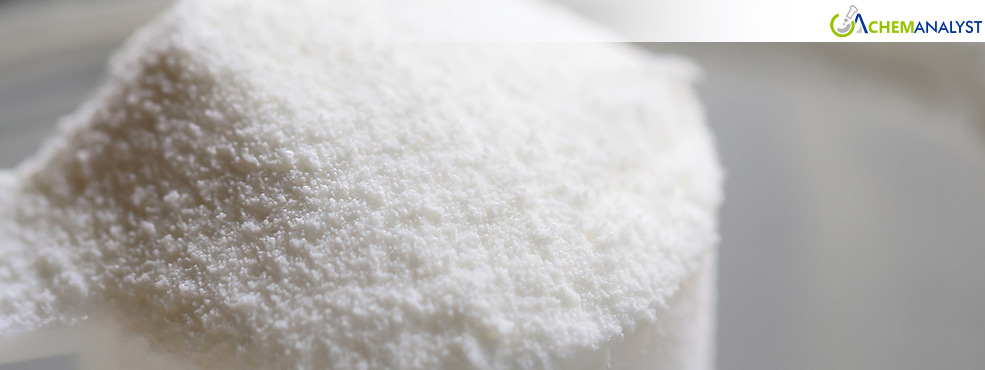Surging Maltodextrin Import Costs in South Africa: Key Economic and Supply Chain
- 26-Mar-2025 3:30 PM
- Journalist: Nightmare Abbey
In the month of February, the South Africa region has been experiencing a steady increase in maltodextrin import costs in the month of February and is projected to remain high even in the forthcoming months. Market expert states this rise in the prices due to certain factors including a combination of economic drivers at a global level, supply chain issues, demand patterns and the fluctuations in corn prices.
Starting with, one of the primary factors contributing to these escalating costs of maltodextrin imports is the rising cost of its feedstock, particularly corn. Being one of the main ingredients used in the production of maltodextrin, prices of corn directly influence the overall price of this commodity. Corn prices shot up in February 2025 because of poor weather in major production areas such as Argentina and Brazil, supply issues, and increased demand from the ethanol and animal industries. This increase in price had a spill-over impact on maltodextrin production since higher raw material prices constrained availability, pushing market prices higher. Imports-focused South Africa was still to experience recurring price rises due to global corn price increases and domestic shortages. As the maize prices rose appreciably year after year, the price of importing maltodextrin continued to be high. Such market forces resulted in inflationary pressures, which experienced a steady rise in import costs throughout the whole South African market.
Another key reason that has driven maltodextrin price increases is the recent fall in shipping and logistics costs. Although reducing transport costs may not be so bad, it has resulted in a high demand globally, compressing supply chains. With transport being cheap, buyers and suppliers in the wake of increased profit margins focused on trading their goods at higher orders which buyers considerably procuring the materials. Thereby befitting the overal market trend in both the exporting and importating in Orting nations. Secondly, lower freight charges stimulate world trade, pushing demand for maltodextrin across different markets. This rise in demand coupled with production constraints eventually leads to higher prices. As a result, while the costs of logistics are falling, the general price of maltodextrin keeps increasing.
Lastly, the persistent rise in global demand for maltodextrin has additionally continued to support market competitiveness, supporting the price inflation. On the downstream market side, the F&B manufacturers and the downstream pharmaceutical industry are continuously expanding their product lines, driving the need for maltodextrin as a key thickening and stabilizing agent, thereby downstream traders continued focusing on sustaining their inventory levels. This surge has put pressure on supply chains, contributing to fluctuating prices. As industries seek cost-effective alternatives, manufacturers are exploring innovative production techniques to maintain profitability. Overall, the rising demand for maltodextrin across multiple sectors continues to shape market dynamics and pricing trends.



